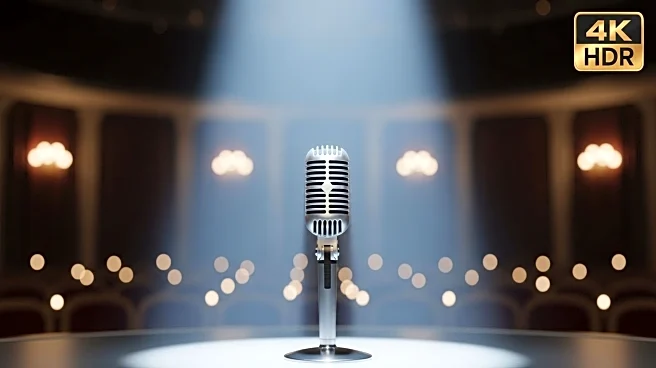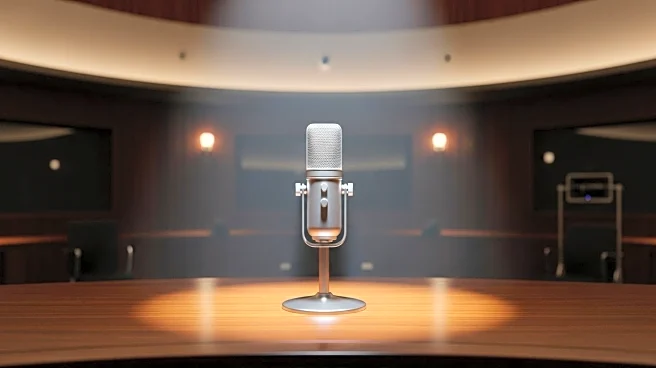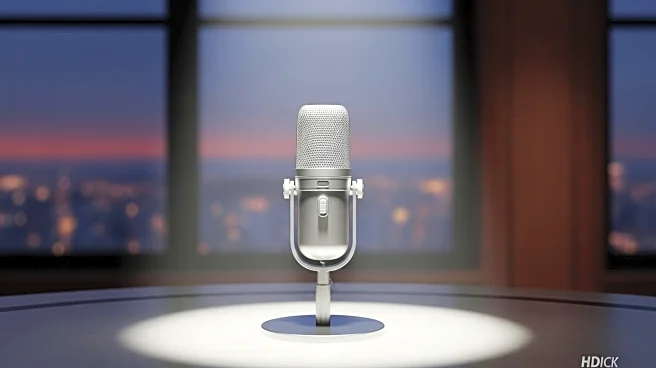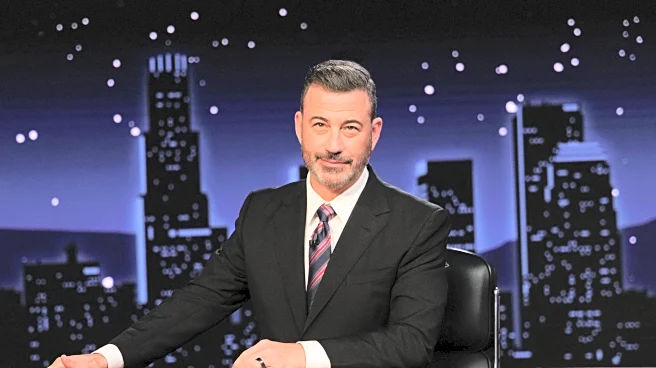What's Happening?
Jimmy Kimmel returned to the late-night stage with high ratings, addressing further attacks from President Trump during his second night back on air after a suspension. Kimmel described Trump as an '80s-movie-style bully and defended his routine heckling of the president. Despite ongoing preemptions by major affiliates like Sinclair and Nexstar, Kimmel's show attracted record-breaking ratings, with millions of viewers tuning in across broadcast and digital platforms.
Why It's Important?
Kimmel's return with high ratings highlights the resilience of digital platforms in maintaining audience engagement despite traditional broadcast challenges. The ongoing affiliate blackouts reflect tensions between network content and local station policies, potentially affecting advertising revenue and viewer reach. Kimmel's commentary on President Trump underscores the role of late-night television in political discourse, with implications for media freedom and public perception of political figures.
What's Next?
Negotiations between Disney and affiliates are expected to continue, as both parties seek a resolution that could restore Kimmel's show to more markets. The situation may prompt discussions about the future of network-affiliate relationships and the role of digital platforms in broadcasting. Stakeholders, including advertisers and media companies, will likely monitor the situation closely to assess its impact on ratings and revenue.
Beyond the Headlines
The situation raises questions about the influence of political and corporate interests on media content, as Kimmel's commentary often includes political satire. The blackout by affiliates may reflect broader cultural and political divides, with implications for free speech and media censorship. As digital platforms gain prominence, traditional broadcasters may need to adapt to changing viewer preferences and technological advancements.











